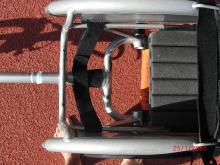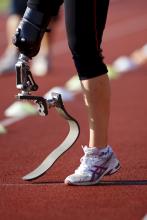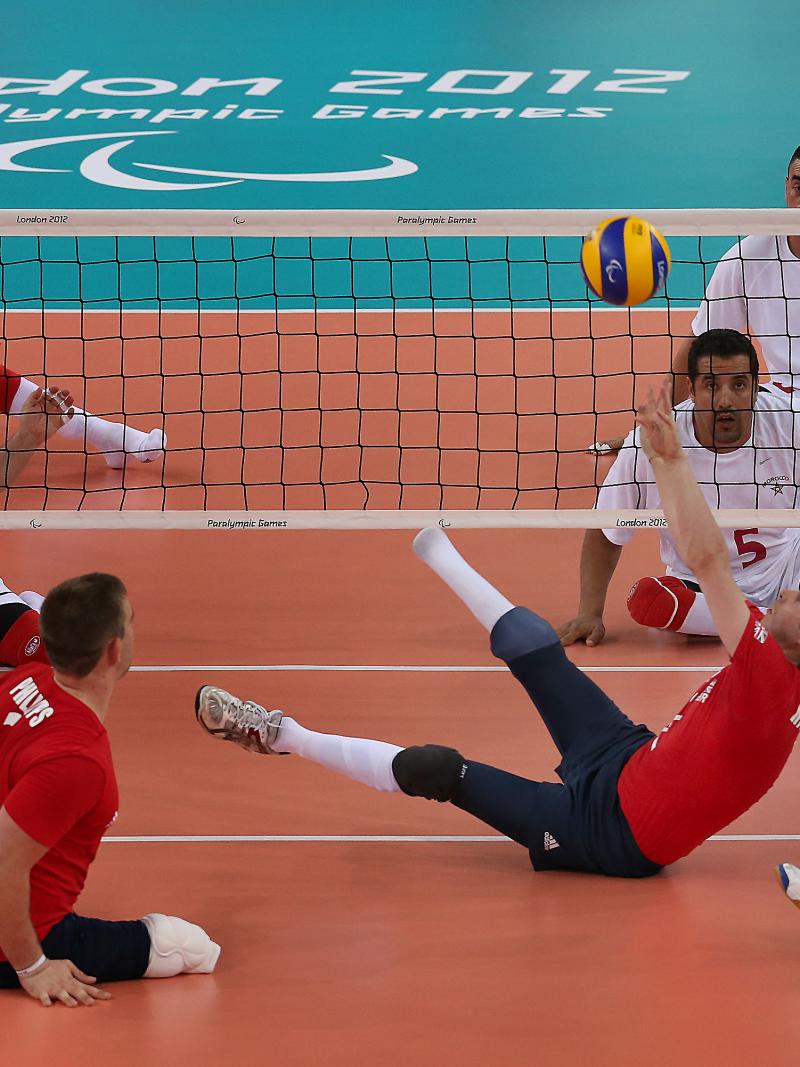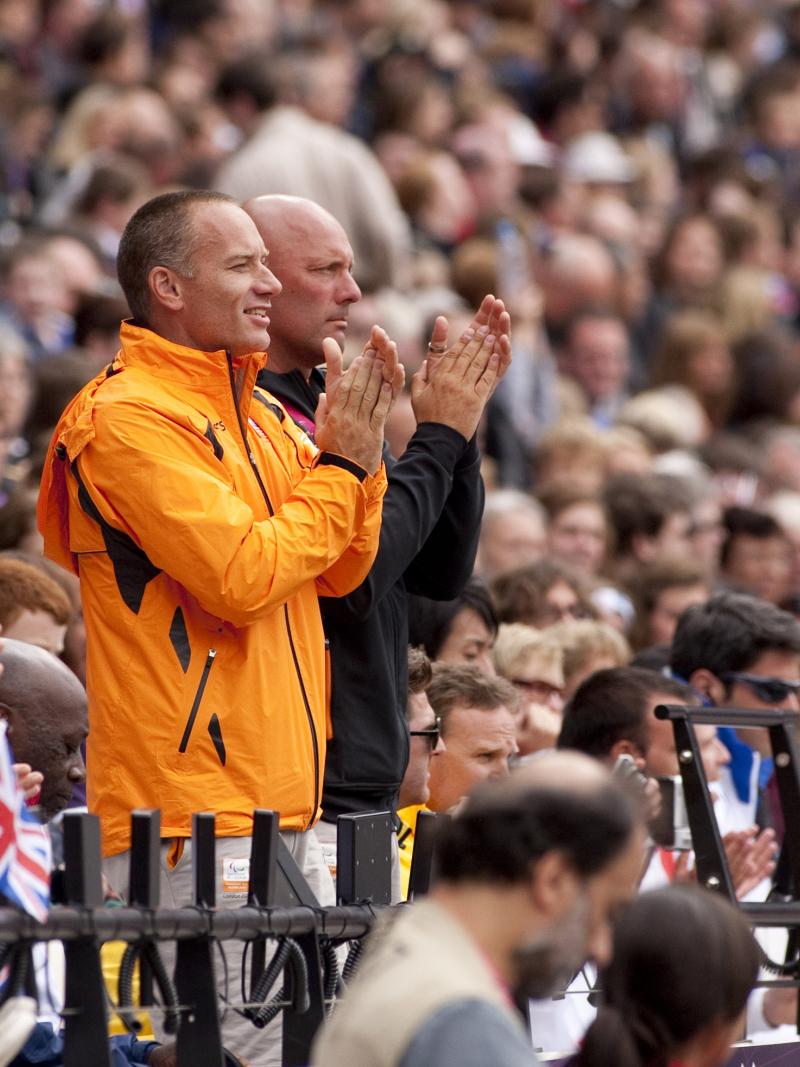Guido Bonsen: What comes after Rio 2016?
We are all working toward Lyon 2013, Doha 2015 and eventually Rio 2016 of course, but the future of para-athletics after Rio is with the talents that started these last few months. 09 Apr 2013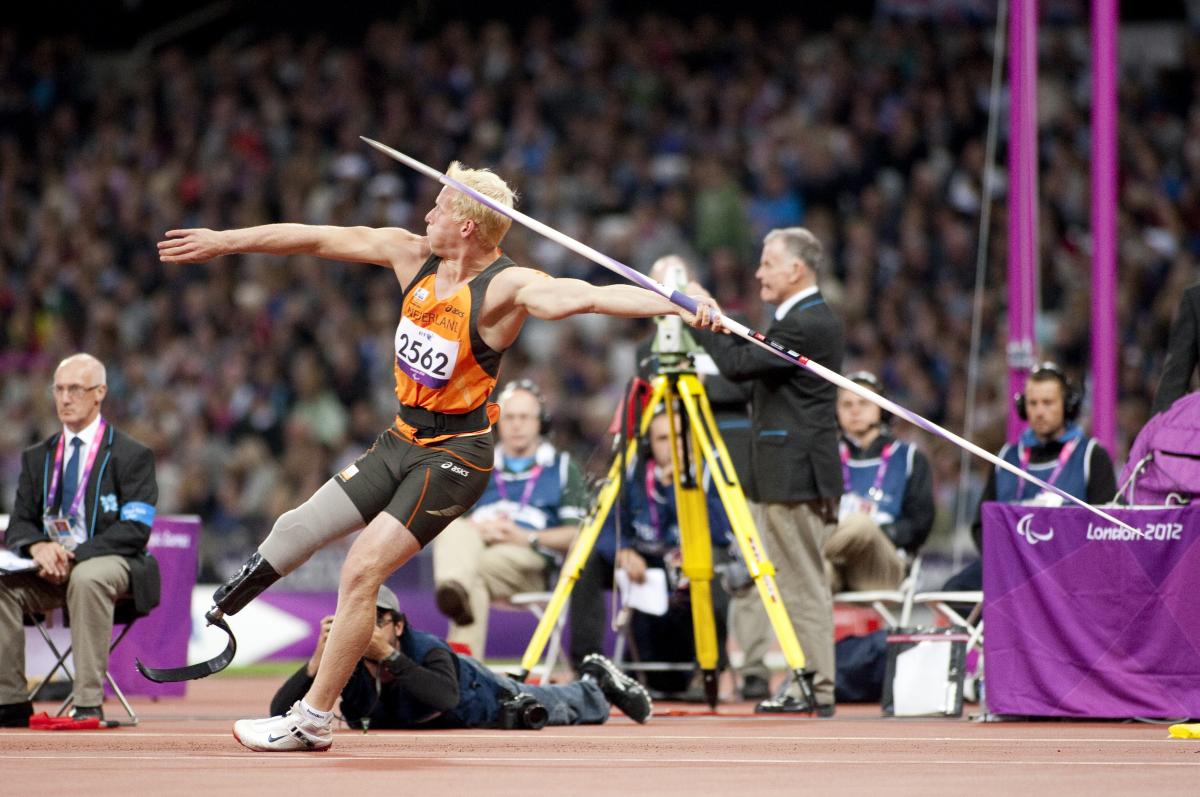
Guido Bonsen coached the Dutch para-athletics team to seven medals at the London 2012 Paralympic Games.
Our athletes who competed in London were asked to give us their old wheelchairs and wheel gloves, as well as their used blades and spikes.
In the Netherlands, para-athletics has been integrated with our track and field association since 2006.
We started a full-time programme in 2009 and had a successful Paralympic delegation at London 2012 that brought home seven medals in track and field.
The last few years, all our energy and money went into pushing our best athletes to the best performances possible in London.
And they did extremely well.
The downside of this success is the big gap that follows this top group.
When you look at the numbers and results, the next group of athletes is far behind the best athletes.
This is a problem for the long-term development of para-athletics in the Netherlands. We really need more talent in our sport, as at the end of the day, more athletes means a chance to win more medals.
But the question is – how do we find those talents?
Three weeks after London 2012, our National Paralympic Committee organised a big talent day.
Over 100 young sportsmen and women with an impairment tried several Paralympic sports that day. We selected 26 of them for a real athletics day at our national training centre at Papendal, Arnhem.
After that, some of them chose another sport, but 15 of them starting training with a club near their home. Some real big talents have already joined our national training programme.
Last month, we had another talent day at our training centre again with those 15 young talents selected previously.
We combined this training with national classification. For some of the athletes this was very important – could they be classified, and if so, in which class?
Most of them brought their entire families with them, and there were a lot of happy faces after the classification process, with some even shedding tears of joy.
Parents and grandparents alike saw the start of a career that could lead to participation at the 2016 or 2020 Paralympic Games.
At the end of the day, we had 13 newly classified athletes, and the coming years will show us how quickly these athletes will turn into stars – both a very exciting journey for them and for me as a coach.
To keep this process going, we will try to add a talent coach to our team and will seek more funding.
At the same time, we are looking for ways to get new athletes in a racing wheelchair or get them on a blade.
Our athletes who competed in London were asked to give us their old wheelchairs and wheel gloves, as well as their used blades and spikes.
We got all the new athletes going on top equipment, and it will now be interesting to see if providing these athletes with the best materials will pay off in medals in the future.
I'm glad we have the foundation of three-time Paralympian Marije Smith which helps young athletes with an impairment fund their equipments across all sports.
We are all working toward Lyon 2013, Doha 2015 and eventually Rio 2016 of course, but the future of para-athletics after Rio is with the talents that started these last few months.
Because of our success, they have great examples to learn from, but also great expectations to live up to.
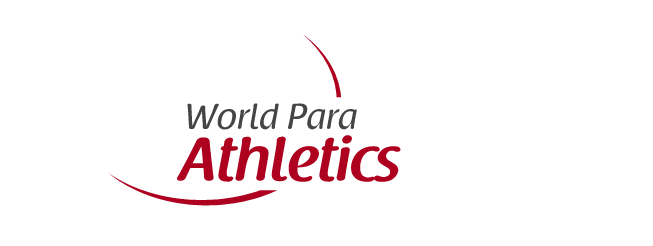
 Facebook
Facebook
 Instagram
Instagram
 Twitter
Twitter
 Youtube
Youtube

